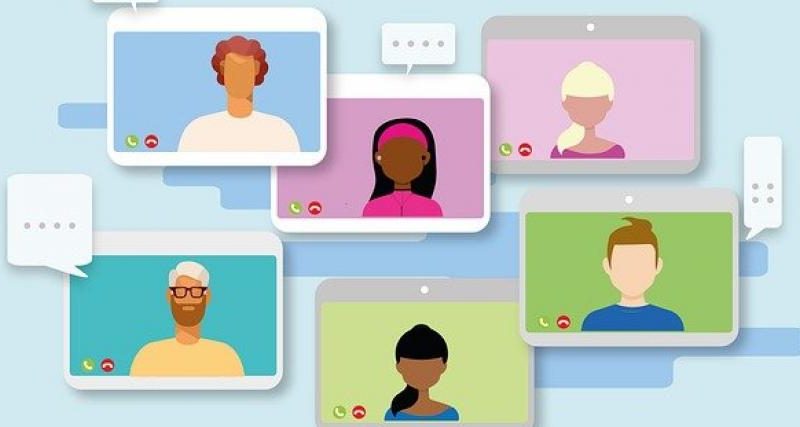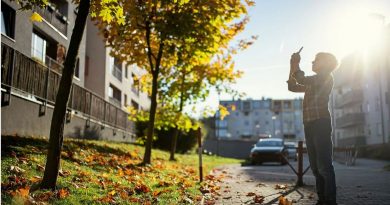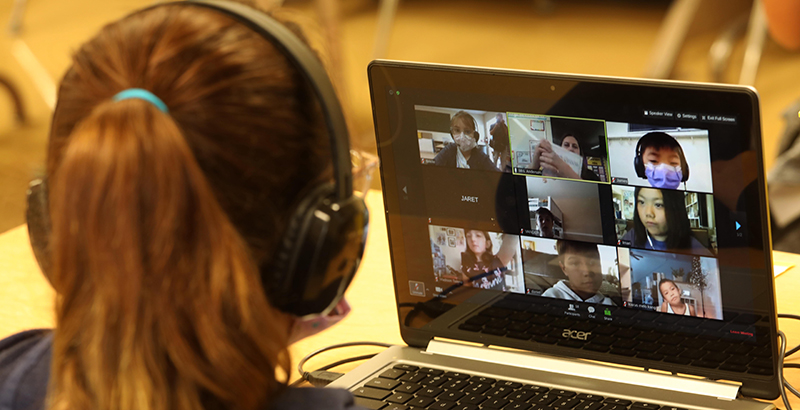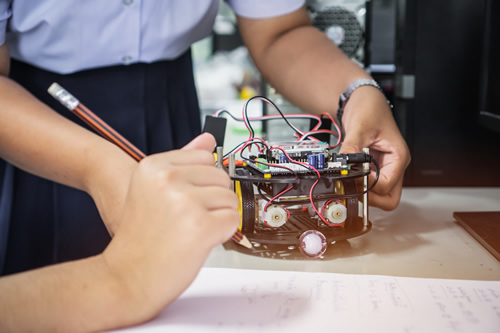Building a teacher community for STEM educators
I work with K-12 educators across the globe as a STEM Innovation Specialist – from this work, I know how overwhelming it is to be a teacher right now, regardless of where you are located physically.
About 65% of the educators I work with have never taught online before, and they are working so hard to learn new technologies to help meet the needs of their students. However, a simple Google search can quickly turn into hours down a rabbit hole, sifting through endless information, not knowing where to start.
This is just one example of why teacher communities are more important now than ever before. Educators need a safe space where they can support each other, learn from one another, and spark creative ideas to keep students engaged during this time.
Why teacher communities matter
Online teacher communities offer a platform for educators to connect and discuss any topics related to education. They can be found on social media platforms such as Twitter and Facebook – some even exist as standalone websites. Educators use these spaces to discuss lesson plans, hybrid learning tactics, and as a general place to support one another.
I’ve seen more and more emphasis on how to get students actively involved in their learning and social-emotional wellness. The other day, a teacher posed the question of how to get students hands-on with learning and in addition to brainstorming different strategies with group members, I also recommended using LEGO bricks to learn through play. When a teacher mentioned that she loved the idea but didn’t have the resources to send sanitized LEGO bricks to each of her students, I quickly shared a collection of grants that I knew about that she could apply for to get the funding she needed. A teacher community allows us to not only share ideas but also share resources. Within a week, this teacher’s grant was accepted, and she was able to use the funding she received to send LEGO bricks to all of her students.
How to find a teacher community
Here are three ways I’ve found success finding online teacher communities:
- Ask your “in-person” peers. The best way to find an online community is often as simple as asking your school’s technology coordinator or STEM lead where to look. Other teachers or administrators may also be able to point you to their favorite online communities.
- Join an established online network. Here are some of my favorite online teacher communities:
- The LEGO Education Community: This is the perfect community for educators from around the world who believe play and exploration build successful, lifelong learners. For teachers who want to get their students hands-on, this community features active discussions, lesson plan exchanges, community events, and is a great place for teachers to connect with one another.
- ISTE: If you’re looking for a Professional Learning Networks (PLNs) that bring together educators from around the world to provide a global perspective, then this is a great community to join.
- GEG Facebook Community: The Google Suite teacher community shares effective practices and teaching strategies. They also offer tech troubleshooting helpful tips and tricks which is extremely helpful in today’s virtual classroom.
- TCEA Community: This community is all about EdTech. Connect with like-minded colleagues and share resources, experiences, and ideas. The TCEA Community features more than 15 different content-specific sub-groups, a complete archive of EdTech webinars, and allows us, members, to discuss the issues that matter most.
- SEL Facebook Group: This is a space for everyone interested in social-emotional learning (SEL) and emotional intelligence. The group is full of supporters for integrating SEL into education, advocates for research on SEL best practices, and champions of SEL as something that can benefit all teachers.
- Search hashtags. Use hashtags to find communities and continue to join conversations related to everything from STEAM and robotics to SEL distance learning tactics. Some of my favorites are:
- #RemoteLearning
- #DistanceLearning
- #CompSci
- #Coding
- #CSK8
- #STEAM
- #MakerEd
- #STEMGirls
- #WomeninSTEM
- #WomeninLeaderrship
- #STEMchat
- #Scichat
- #edTechChat
- #SEL
- #GrowthMindset
- #learningisbetterthanchocolate
How to get the most out of a teacher community
If you are already part of a teacher community, continue to share pictures, videos, and resources to extend and enrich your learning from one teacher to another. If you are looking for best practices and problem solving when it comes to digital teaching, then these online communities offer immense support from teachers with tech backgrounds. These communities thrive when educators share what they know, ask questions, and listen.
Here are two lessons I developed as a result of my teacher communities:
- Celebrating individuality: Teacher communities offer points of view from teachers across the country that may vary from our own, but understanding all opinions ultimately makes us stronger educators. Understanding other viewpoints through my digital communities has helped me create lessons that celebrate how individuality brings students together. I call it “The Candy Bar Community Builder.” I like to do this via Google Jamboard and have participants break out into subgroups based on their preferred candy bar. After everyone works together with their subgroup, they come together to discuss differences and similarities. This exercise translates well into the classroom and stemmed from the fact that despite educators’ different outlooks, we all share the same goal of becoming better teachers.
- SEL activities: I’ve found that teacher communities raised my awareness of student well-being. If you are searching for social-emotional learning activities for students, these learning communities should be the first place to turn to for help. One of my favorite lessons that I made after getting inspired by an online digital community is the Gratitude LEGO Brick Game, where students collect different color LEGO bricks representing signs of gratitude. I then have them break off into groups to celebrate what they are most thankful for. Online communities offer an outlet for teachers to share their frustrations and celebrations and have taught me that students need the same wellness check-ins.
The best way to take advantage of a teacher community is to share your voice, follow chat threads, and listen to educators with an open mind. As teachers, we are stronger together and digital learning communities are the perfect place to connect.
Naomi Harm is a STEM Innovator Specialist, Global K-12 Education Consultant, Author, and LEGO Education Master Educator.
Source: https://www.smartbrief.com/original/2021/04/building-teacher-community-stem-educators




